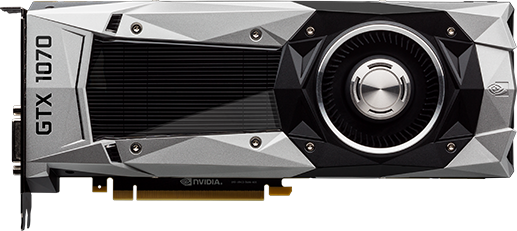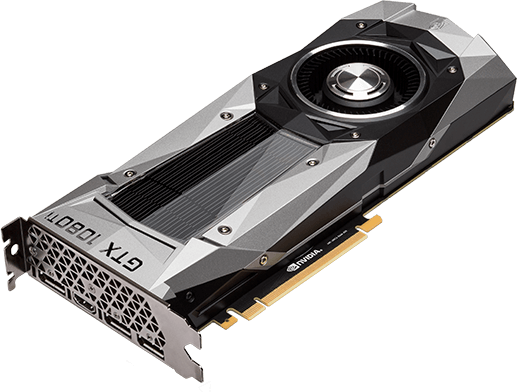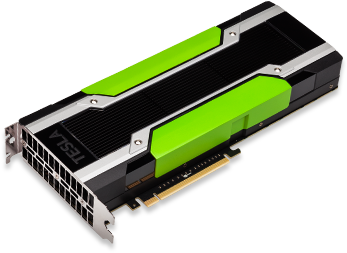- Welcome to Vpb. Support USDT/BitCoin Payment
- Login
- Sign Up
- 1-909-485-3844




Equipped with graphics processors, these servers are configured for intensive use. Thanks to their computing power, GPU servers are designed to speed up parallel task processing.

6GB DDR5
1920 CUDA cores
Max bandwidth of 256 GB/s
Nvidia GPU Boost 3.0 Technology
6GB DDR5
1920 CUDA cores
Max bandwidth of 256 GB/s
Nvidia GPU Boost 3.0 Technology

Video
The card’s 1664 CUDA cores process parallel workloads for accelerated video encoding.

3D rendering
Harness the GPU’s computing power to generate your animations/images.

Development
Leverage the computing power to develop and test your CUDA/OpenCL applications.

Dual GPU design (Two Maxwell GPUs)
4096 CUDA cores
DDR5 16 GB
320 Gbps max bandwidth

VDI
Combine Nvidia technology with market leading hypervisors to build high-performance VDI infrastructures.

Cloud 3D
Provide your users (Architects, Designers) with remote workstations for their 3D applications.

Cloud Gaming
Outsource GPU to the Cloud in order to host demanding applications such as online games.

Dual GPU design (Two Kepler GK210 GPUs per card)
4992 CUDA cores
DDR5 24 GB
480 Gbps bandwidth

High-performance computing
Unleash the card’s CUDA/OpenCL capabilities to accelerate processing of your HPC applications.

Machine learning
Take advantage of the computing power of the GPU to optimize machine learning techniques.

Bioinformatics
Use the card’s 4992 GPU cores for the parallel processing of your bioinformatics data.
A GPU (Graphical Process Unit), has a massively parallel architecture compared to a conventional CPU. This design originally intended to handle computation only for computer graphics (OpenGL/Direct3D), was adapted with programming languages such as CUDA or OpenCL, to perform computation in applications traditionally handled by CPU.
Due to its ability to speed up processing, GPU architecture is particularly suited to resource-intensive applications which require a large number of parallel tasks (image processing, bioinformatics, big data ... ).